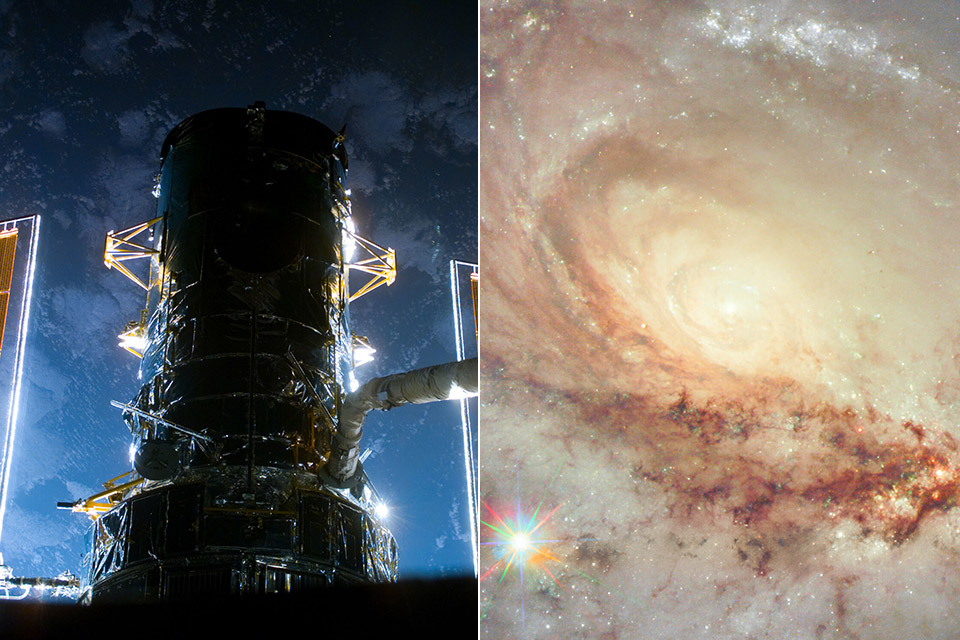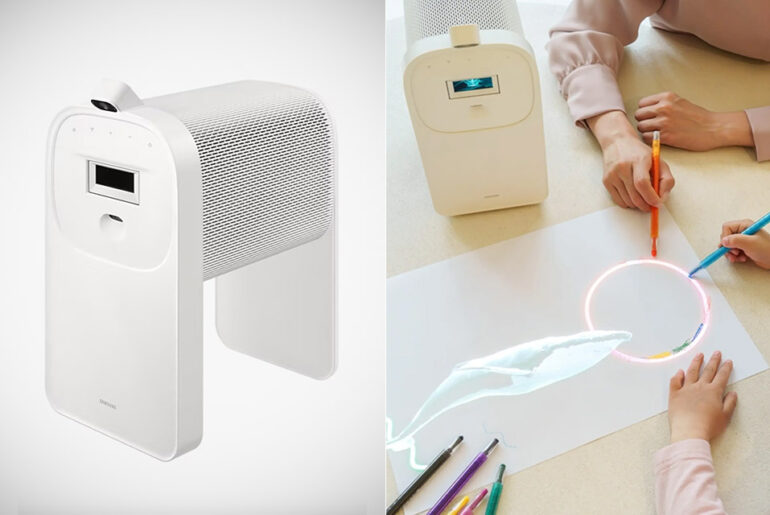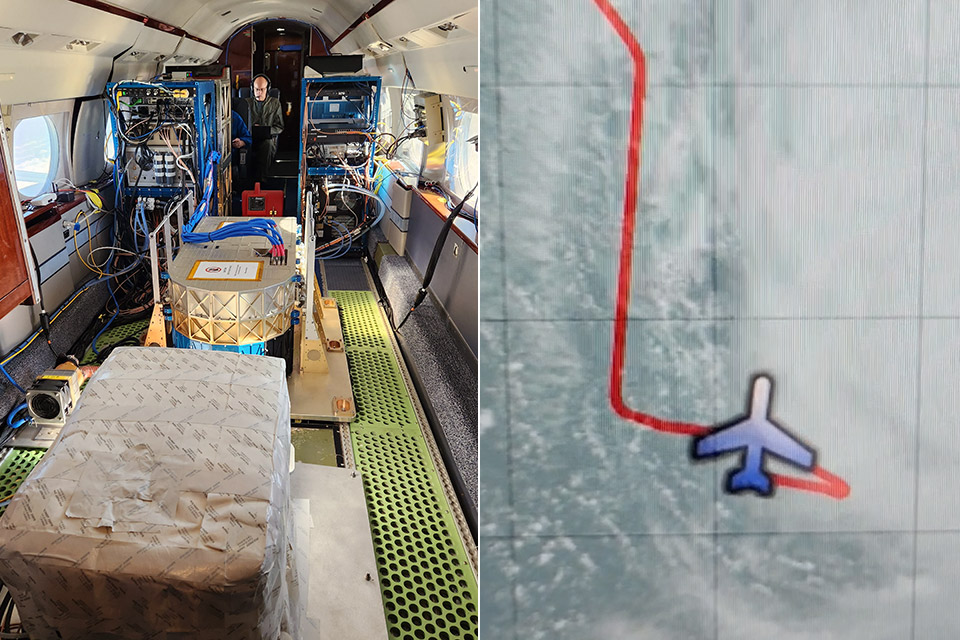
This isn’t the plot for an upcoming action comedy movie, but the story of a real person who was actually rescued from Japan’s Mount Fuji twice in a short span—because they went back for their phone—and it’s quite the tale of determination (or perhaps questionable priorities).

The GAC Pickup 01 concept, shown at the 2025 Shanghai Auto Show, clearly takes some ideas from the Tesla Cybertruck with its sharp, futuristic look, but it’s not just a copy. Both have bold lines, simple surfaces, and a sci-fi feel, but the GAC has slightly softer curves and unique touches, like split-level headlights and a less steep wedge shape.

Hugging Face, a company known for its AI developer tools, released the SO-101, a programmable, 3D-printable robotic arm through its robotics group, LeRobot, working with partners like The Robot Studio, WowRobo, Seeed Studio, and PartaBot. Simply put, it’s a big move forward to make robotics accessible for everyone, starting at just $100.

The $279 CMF Phone 2 Pro, launched by Nothing’s sub-brand CMF has been generating buzz for offering flagship-like features at a budget price point. At 7.8mm thick and 185g, it’s slim and lightweight, with a matte plastic back, exposed screws, and bold colors (light green, orange, black, white). Its aesthetic is distinctive, avoiding the generic look of most budget devices.

Kicking off a race team is exciting, and the BMW M2 Racing is a solid pick for a starter race car, especially for entering grassroots or customer racing series. Why? Starting at about $112,000, it’s an affordable entry into professional racing compared to GT4 or GT3 cars, which can run over $200,000.

Yes, it’s true that Tesla is building a special factory for its Tesla Semi, an all-electric Class 8 truck. The factory is going up near Giga Nevada in Sparks, Nevada, right next to Tesla’s current Gigafactory. This strategic spot uses the setup and resources Tesla already has for making batteries and vehicles.

Apple’s iPad Air M3 is touted as the ‘iPad for most people’, and it’s being offered for just $499 shipped today, originally $599. Why? It strikes a sweet spot between performance, features, and price in Apple’s tablet lineup. Product page.

The Hubble Space Telescope, run by NASA and ESA, took a striking picture of the odd-looking spiral galaxy NGC 1961, also called Arp 184, sitting 191 million light-years away in the Camelopardalis constellation. Why’s it so strange? It’s a mix between barred and unbarred spiral galaxies, with a faint or missing central bar of stars.












